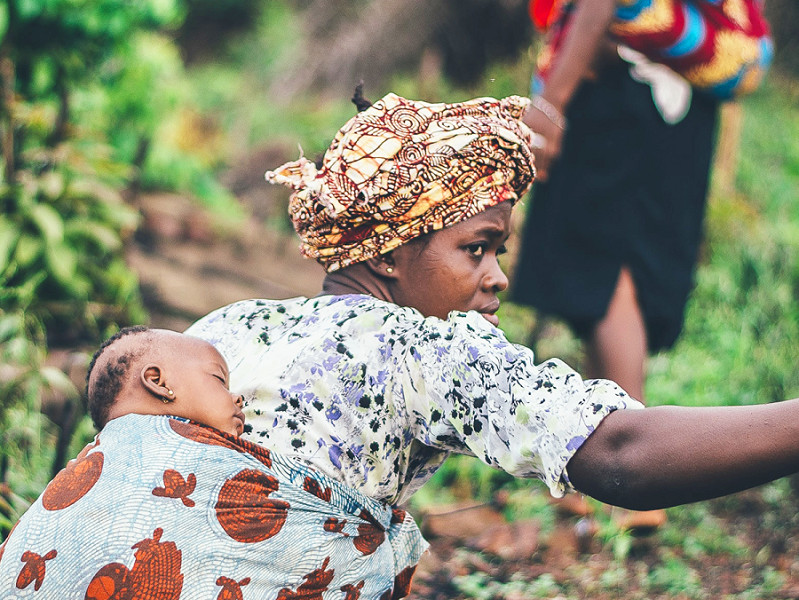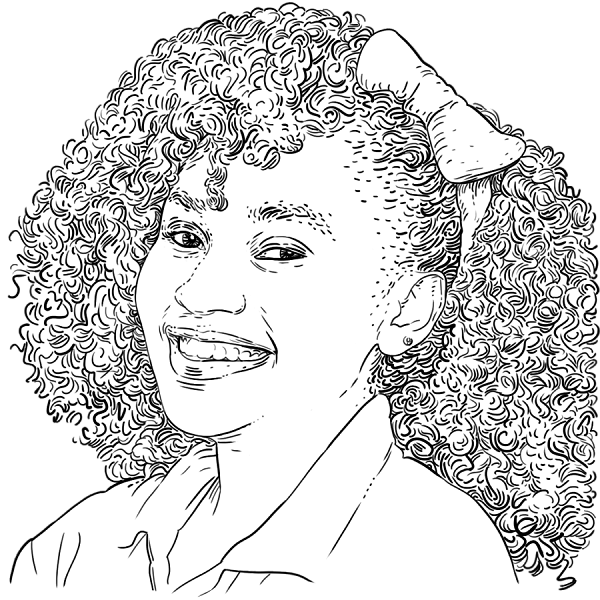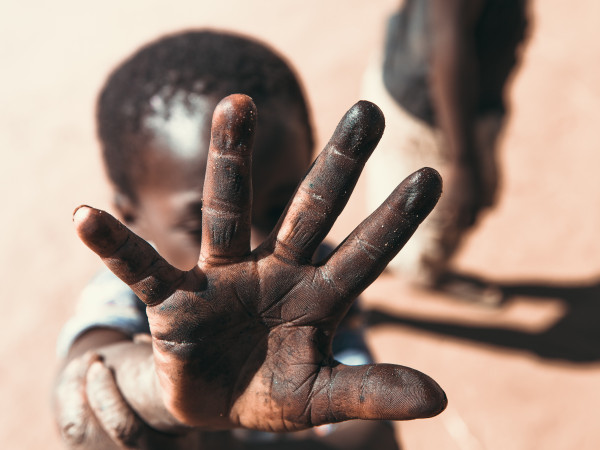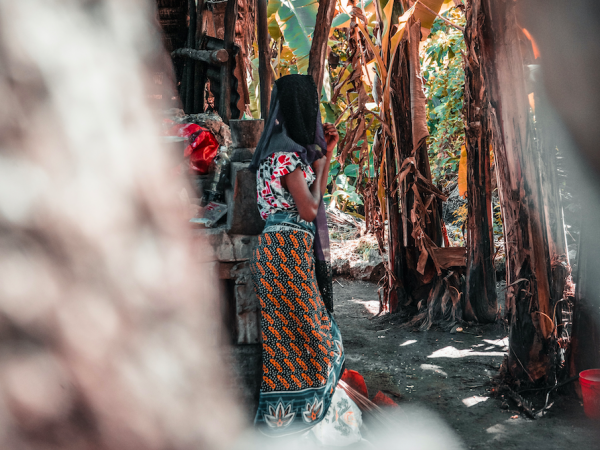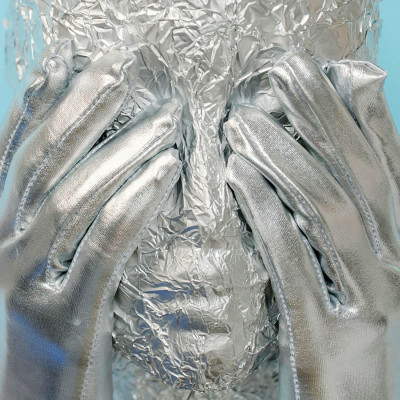Uganda, a disruptor to girls’ education: the case of teenage pregnancies
The issue of teenage pregnancies has been a menace to Uganda’s efforts in increasing girls’ agency and enabling young females to reach their fullest potential. With the effects of the Covid-19 pandemic, 15 million Ugandan children were out of school following the presidential directive to close all schools to halt the spread of the virus. However, no one expected the schools to be closed for over 2 years.
As the days, weeks and months went by, child and teenage pregnancy stories became more heard of, as they took over the news headlines. A Unfpa (2021) study found that a total of 354.736 teenage pregnancies were registered in 2020 and a total of 290.219 were registered between January and September 2021, implying an average of over 32,000 teenage pregnancies recorded per month.
The teenage pregnancy rate in Uganda stands at 25% and this paints a very grim picture for many young girls and their future. This means that a quarter of Ugandan women aged 15 - 19 years have given birth or are pregnant with their first child by the age of 18. According to the Facts sheet on teenage pregnancy by Unfpa 2021, the numbers of teenage pregnancy were highest in districts of Wakiso (10.439), Kampala (8.460), Kasese (7.319), Kamuli (6.535), Oyam (6.449) and 6.205 Mayuge.
Let me tell you about an experience I recently had in Wakiso District. A Ugandan non-profit called Dwona Initiative, which I am part of, on boarded a school in Wakiso district on the International Day of the Girl to one of their programs, Rumps for Rural Girls. This program aims at supporting young girls with period products, proper period information, and books through menstrual hygiene clubs to keep girls in school and reduce their absenteeism rate caused by period poverty and stigma.
As we conducted a baseline survey at the school, I got a chance to interact with the Deputy Head Teacher. One of the issues she raised that affects the girls in this community, that is the Sitabaale village, is child and teenage pregnancies. She shared how they have lost four girls from the school to this issue and how the overall community also has quite a number of these pregnancies as a result of the school closures during the lockdown. She continued to share that many of these girls have not returned to school and are roaming and working in the community.
These stories are close to my heart because my mother as well was a teenage mother. She shared with me her experience as a mother at 15 years old and the struggles with her education after her pregnancy. She mentioned of how she had to get up so early to get to the showers first before her fellow girls, so that they couldn’t see the stretch marks on her tummy. She shared how she found it uneasy to be at school after her pregnancy and eventually, she didn’t proceed further with her education like she would have liked to.
Teenage pregnancy is one of the biggest disruptors to girls’ education. According to the Ministry of Education and Sports, in 2020 teenage pregnancy accounts for 22,3% of school dropouts among girls aged between 14 to 18 years. Only 8% of the girls that drop out of school receive a second chance to re-enroll. Many of these young girls’ dreams and hopes become a blur or even disappear when they become pregnant as they are married off, and shamed by their families and the communities they come from.
The stagnant levels of teenage pregnancies are also determined by the fact that more than half of the girls have experienced sexual abuse as children, according to the 2020 national survey on violence. In addition to sexual abuse, is poverty, child marriages, low access to sexual reproductive health services, and absence of education on identification and prevention of the different forms of violence or abuse and harm.
This issue is also taking many of our girls’ lives away. The Unfpa 2021 study highlighted that the country’s Maternal Mortality Ratio (MMR) stood at 336 deaths per 100,000 live births and, regarding maternal mortality rates, 17,2% of the deaths were among those aged 15-19.
To address the high prevalence of teenage pregnancies, defilement, and child marriages, in 2021 the government of Uganda launched a nationwide campaign together with Unicef and Unfpa called, Protect the Girl, Save the Nation. The campaign aims to leverage all stakeholders in society to take an active role in creating safe environments for girls and promote positive parenting.
These are great steps to ending the vice however, in my opinion, there should be an emphasis on creating more access to youth-friendly sexual reproductive health services and information, re-enforcing laws that severally punish rapists and defilers, and education in schools and communities on abuses.
I believe this will go a long way to help children, community leaders, and members to identify different forms of abuse including sexual abuse, and know how to respond to it. This will also remove the perpetrators of sexual violence from the communities and create safe environments for young girls to thrive.
To end teenage pregnancies is not a government role but a societal role. We all have a huge part to play and I urge you to take yours on now!

